Mezcal (also spelled mescal) is having a moment. But did you know that it has been around for centuries? That’s also to say it predates the more well-known tequila. Although tequila is technically a version of mezcal, we’ll cover that later.
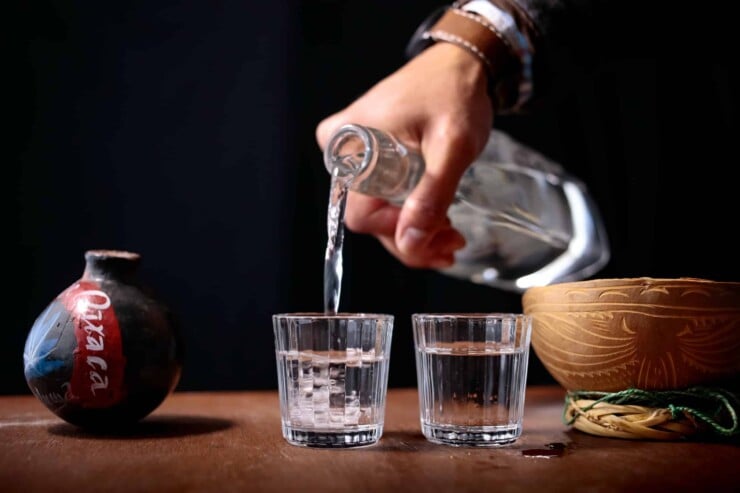
Key Takeaways
- What Mezcal Is: Mezcal is a traditional Mexican spirit made from the agave plant, known for its complex, smoky flavor and deep cultural roots.
- Cultural Importance: Mezcal has been made in Mexico for centuries and is closely tied to indigenous traditions, often used in rituals and celebrations.
- Artisanal Process: Traditional mezcal production uses hand-harvested agaves, stone mills (tahonas), and natural fermentation, often without modern machinery.
So if you’ve ever been curious about what all the hype around mezcal is about, we’ve got the scoop on this classic boozy Mexican spirit. To get you up to speed as soon as possible on the dynamic world of mezcal, including its differences from tequila, its production process, and how to enjoy it, let’s first explore its rich multicultural history.
The History of Mezcal
The word “mezcal” comes from the Nahuatl words “metl” (meaning “agave”) and “ixcalli” (meaning “cooked”), which are related to the Aztec language. Agave is a type of succulent, and it’s also known as maguey.
The origin story often weaves a thread between pulque, an alcoholic beverage made by the Olmecs and later the Aztecs by fermenting agave hearts, and a distillation technique that the Spanish likely learned from Indigenous Filipinos and brought to Mexico in the 1500s.
In the 18th century, the Spanish crown banned all alcohol production in the Mexican colony to bolster its domestic products, which also resulted in a halt in wine production in regions like Valle de Guadalupe in the state of Baja California. Production resumed a decade later in the 1750s, when a member of the Cuervo family (yes, that’s Jose Cuervo of tequila ubiquity) was granted permission to make mezcal near a town called Tequila, in the state of Jalisco.
Today, it has become so popular north of the border that the U.S. market drinks more of it than Mexico.
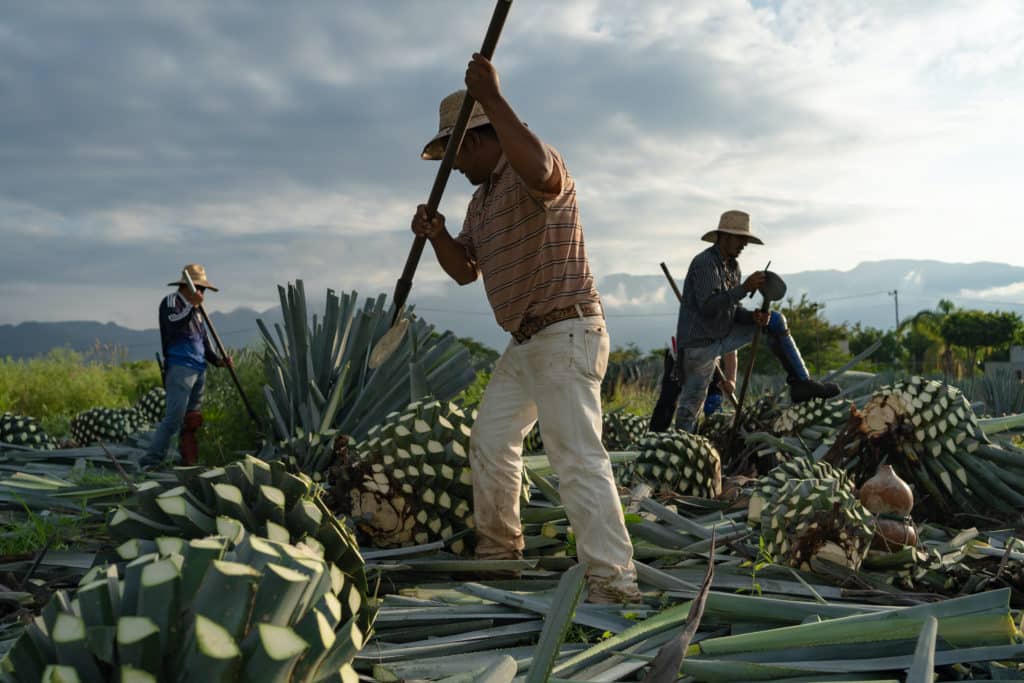
How Mezcal Is Made
Making mezcal involves roasting, preparing for fermentation, fermentation, and finally distillation.
Once agave plants are harvested from the earth and their spiny leaves hacked away to reveal their piña, or heart, mezcal producers bring them to the palenque (distillery, often family-owned) and roast them over fire-heated lava rocks in earthen pits in the ground, similar to how barbacoa is made.
Roasted piñas are then pulverized before fermentation. Traditionally, piñas are crushed via tahona, or a large stone wheel pulled by a donkey or horse. After fermentation, the liquid is distilled in copper stills, though some are distilled in clay vessels.
This choice as well as: how long roasting and fermentation should last, and how many times liquid is distilled (Mexican law requires two distillations, but some mezcales are triple distilled) is up to the mezcalero or mezcalera, or mezcal maker. Most top-notch mezcales are bottled at full strength to preserve the agave’s nuanced characteristics, rather than being diluted with water, as is often the case with many whiskies and brandies.
Now, as demand for the spirit grows, some producers use modern methods, such as mechanical shredders or industrial ovens, to cook the piñas. We’re partial to the artisanal method, which is made using traditional methods, such as those employed by Real Minero and Doña Vega.

How Mezcal Tastes
Despite mezcal’s common ‘smoky’ descriptor, its flavor personality is more than just its smokiness—it can also have an earthy and minerally vibe, complemented by delicately floral and sweet notes. Depending on where and how agave is grown (such as soil type and elevation), as well as the production method, each batch will have a distinct taste.
The Difference Between Tequila and Mezcal
To be clear, all tequilas are mezcals, but not all mezcals can be labeled tequila. If Jalisco is synonymous with tequila, then the state of Oaxaca is the heart of mezcal production. Oaxaca accounts for 60 percent of Mexico’s production. Currently, other Mexican states, including Durango, Guanajuato, Guerrero, Michoacán, Puebla, San Luis Potosí, Tamaulipas, and Zacatecas, are also permitted to produce mezcal legally.
One significant difference between mezcal and tequila is that mezcal is made from a wider variety of agave than tequila. Espadín is the most commonly used variety and is comparatively more sustainable, as it can also be cultivated. Espadín agave takes nearly a decade to mature, while other varieties, such as Tobalá, which grows at high elevations, and Tepeztate, can take up to 15 and 25 years, respectively.
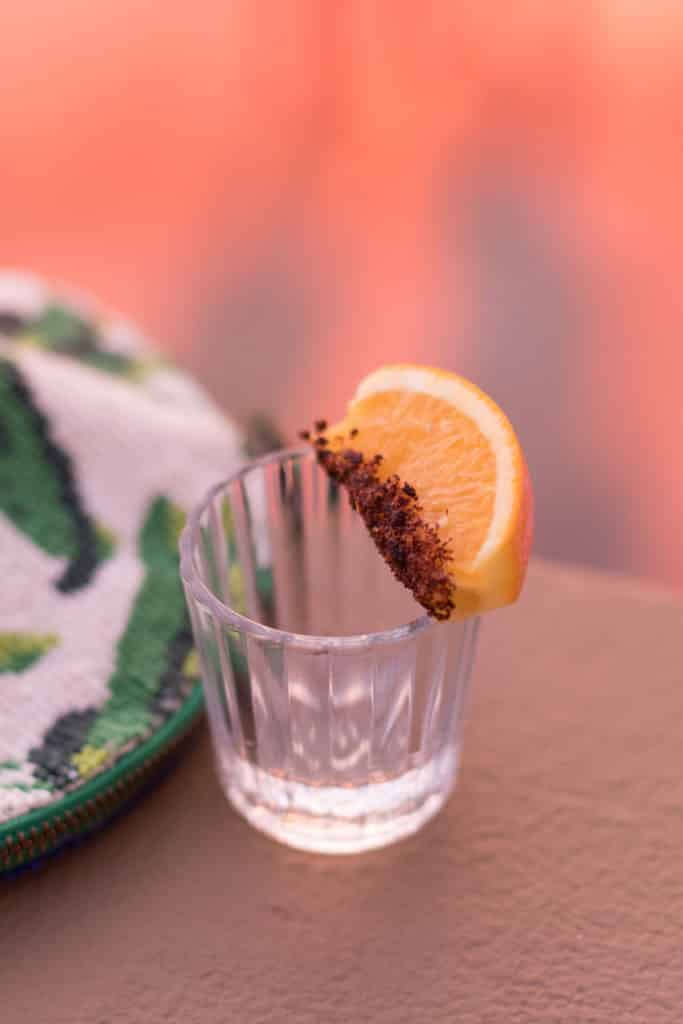
How To Drink It
The best way to appreciate mezcal is to sip it neat. Traditionally, sipping it from a jicara (or small gourd) is usually accompanied by an orange slice and sal de gusano. Sal de gusano is a blend of salt, chiles, and ground larva from the maguey plant.
Before the spirit became uber-trendy, it was primarily made for family use and shared with neighbors and friends at celebrations, such as birthdays, baptisms, and weddings.
How to Buy Mezcal
And whether you’re roaming the spirits aisle in real life or online, a few tips for choosing a quality bottle include inspecting the label for signs of transparency, such as the variety of agave used and its ABV strength.
Generally, the higher the proof—80 or more—the better. However, Mexican law states that mezcal can be between 72 and 110 proof. And since mezcal is best enjoyed fresh, bottles in categories like joven (meaning young, unaged) offer the best expression of the agave as aging (reposado, añejo) may make it more challenging to decipher the spirit’s nuances.
If you’re wondering about the worm in the bottle, truthfully, it has nothing to do with quality. Industry experts say it was likely a gimmick used to differentiate themselves from the competition on shelves.
Now that you know the basics of mezcal, transport yourself straight to Mexico with each sip at home (either neat or in one of our cocktail recipes like this charred mango ancho mezcal margarita).
Get A Personalized Travel Itinerary
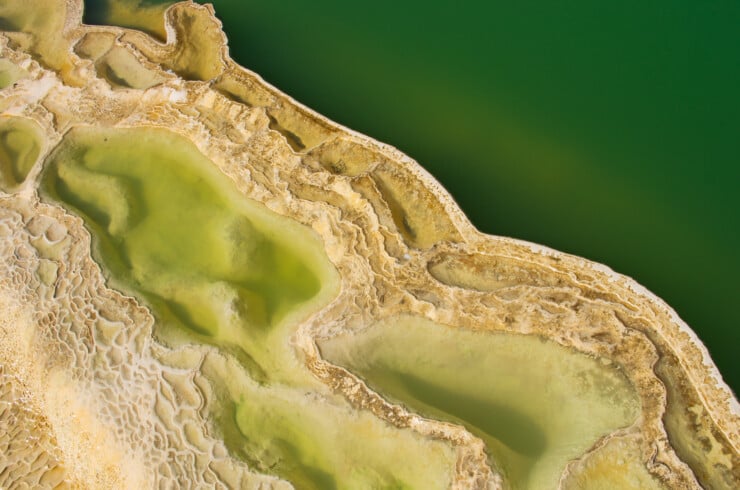
Day Trips From Oaxaca City
Now that you’re familiar with this spirit, you’ll likely want to try it at the source in Oaxaca! Here are six essential day trips from Oaxaca City, including Mitla, Monte Alban, and mezcal country.
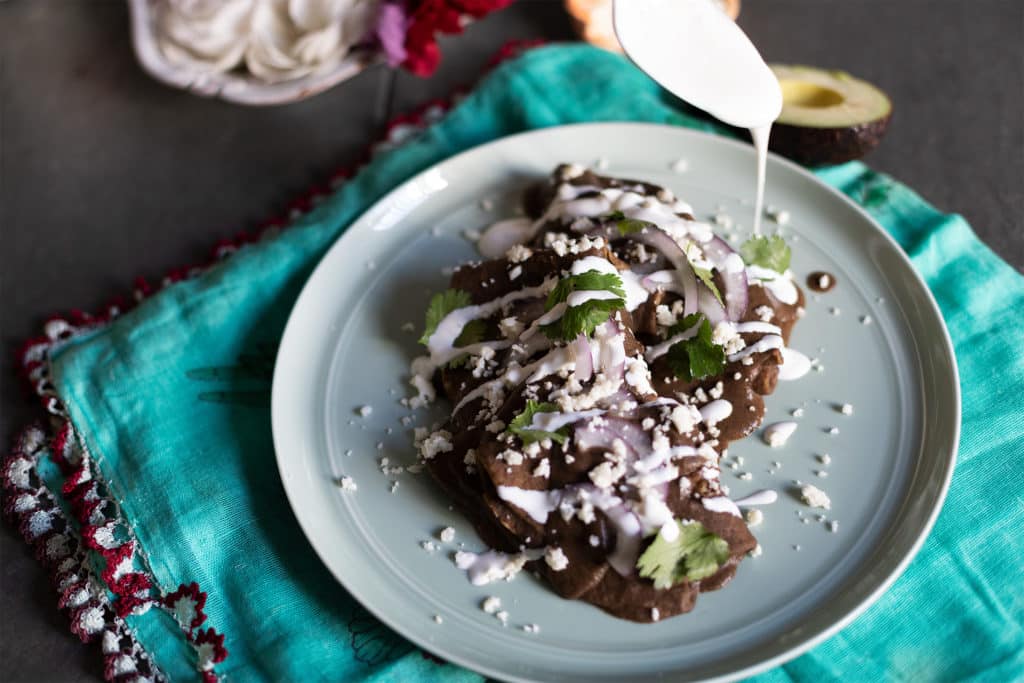
Classic Mexican Recipes
Want to cook up some of Mexico at home? Here are five of our readers’ favorite Mexican recipes:
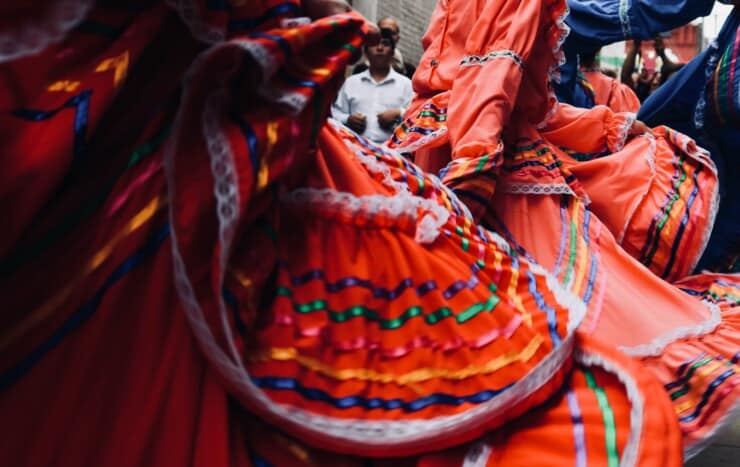
Mexico Travel Guide
Are you heading to Mexico soon? Check out our Mexico travel guide, where we share travel tips, recommendations on where to stay, what to pack, and more throughout the country.
Have Us Plan Your Mexico Trip
Did you know we’re also a boutique travel agency specializing in Mexico travel planning? If you’re looking to plan one of the best trips to Mexico, our Mexico trip planner services are here to help you plan your perfect itinerary.
Photo Credit: Opening photo by Edgar Xolot; agave pinas being harvested by Jose de Jesus Churion Del; tahona wheel by Kelli Hayden